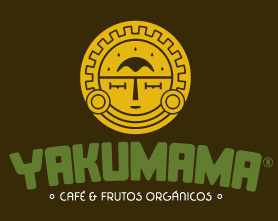COFFEE PROCESSES
FROM THE BEAN TO THE CUP
Every stage of our process ensures the high quality of our final product, guaranteeing its journey from the coffee tree and through the cultural and storage tasks.
Each phase is strongly cheked to assure the best result for our customers, without affecting the quality of our coffee.




PLANTING AND GRAFTING
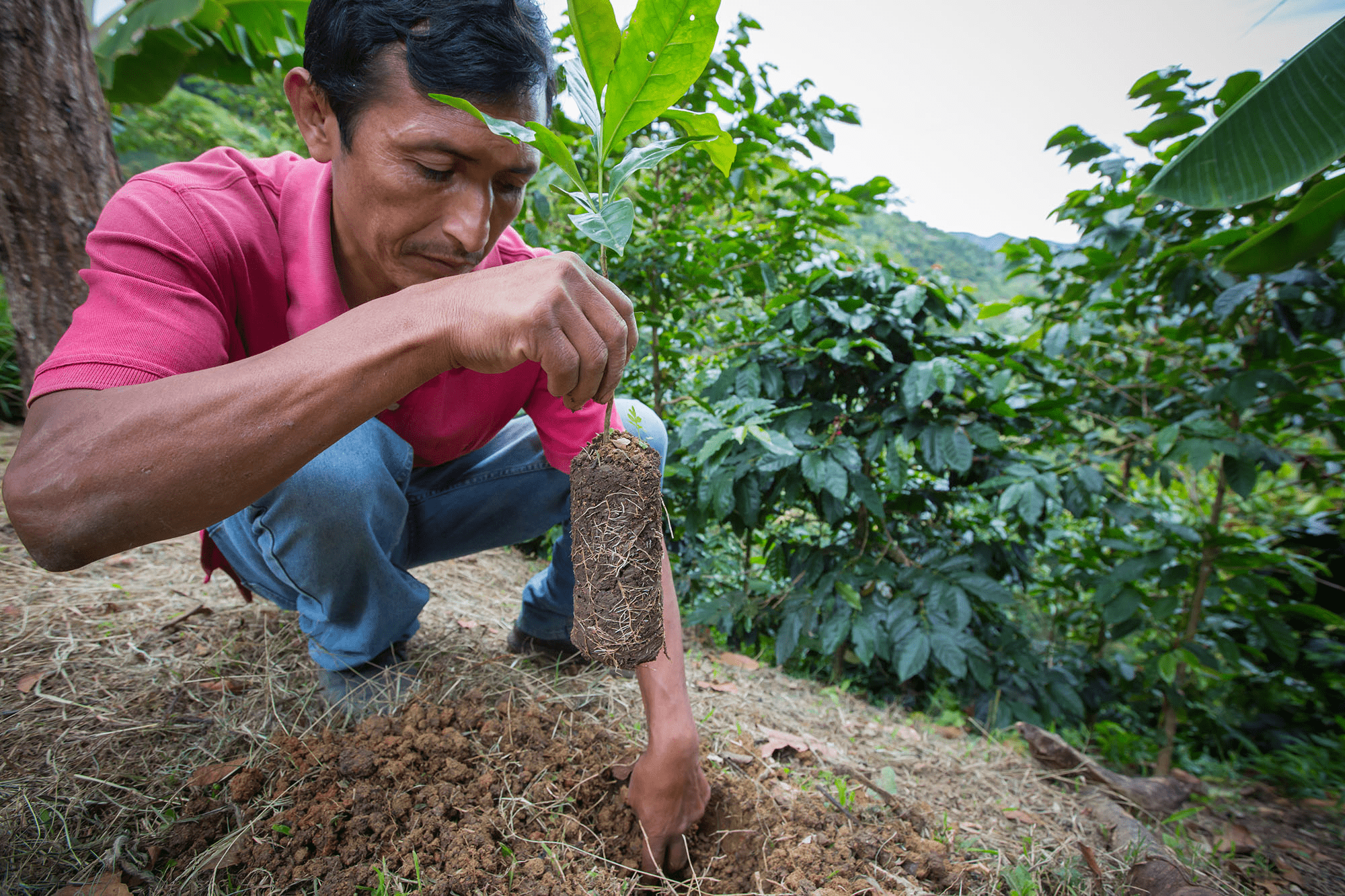
At this time, the best nursery-grown seedlings are selected to be planted in moist, well-drained soils, with good drainage, not too steep slopes and moderate winds. However, to achieve this objective, seeds of good quality and high germination power must be obtained. As a complement, grafts are also made between varieties to achieve stronger plants against pests, diseases, droughts and climate change.
FERTILIZATION AND CARE OF COFFEE TREES
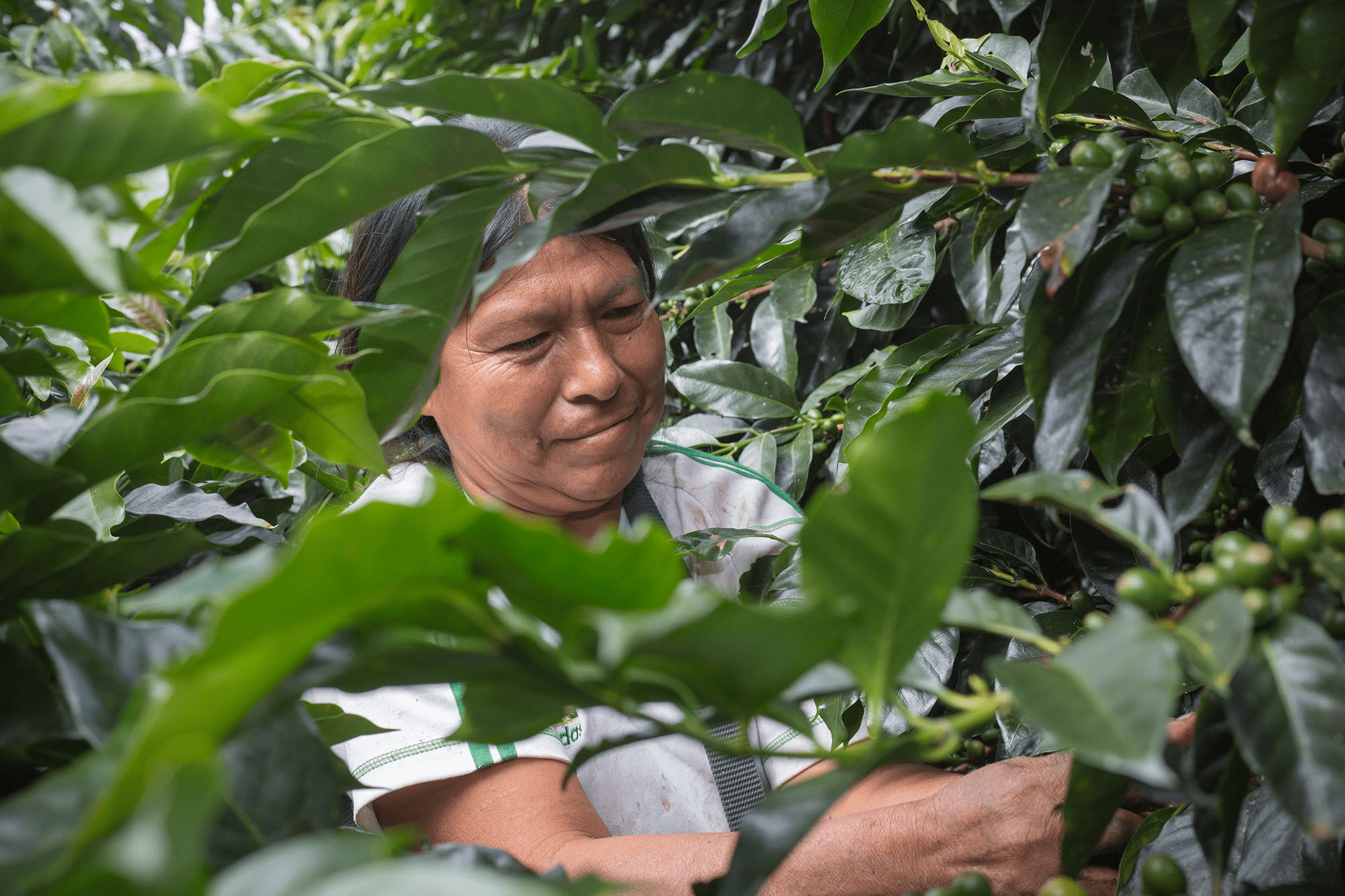
Here the coffee tree develops, which requires about 3 years to bear its first fruits. With the help of organic fertilizers that minimize the transmission of diseases and the loss of vital elements such as nitrogen and sulfur, the flowering of the coffee plant takes place between 4 and 5 months, and the ripening of the bean takes place between 6 and 8 months.
HARVEST
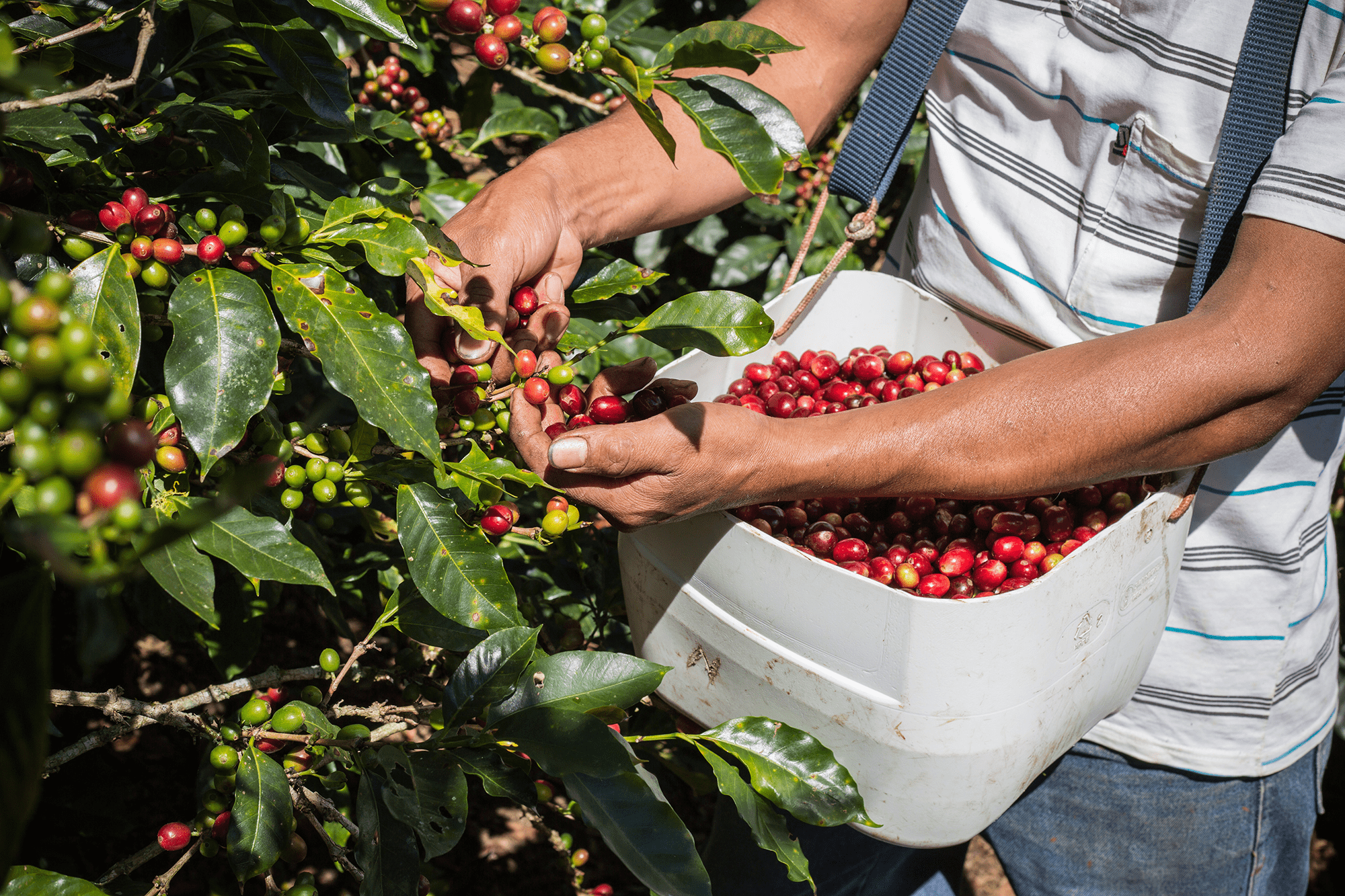
We find the precious beans in the cherry trees that are produced in each coffee plantation. The harvesting of these fruits takes place between the months from April to September and consists of the manual harvesting of the ripe cherry trees, which are the ones that achieve the highest yield in weight and are therefore of the best quality for the cup. This is an important aspect, as it is used to discard the dry, brocaded, pinched, green and overripe fruit.
CHERRY DE-PULPING
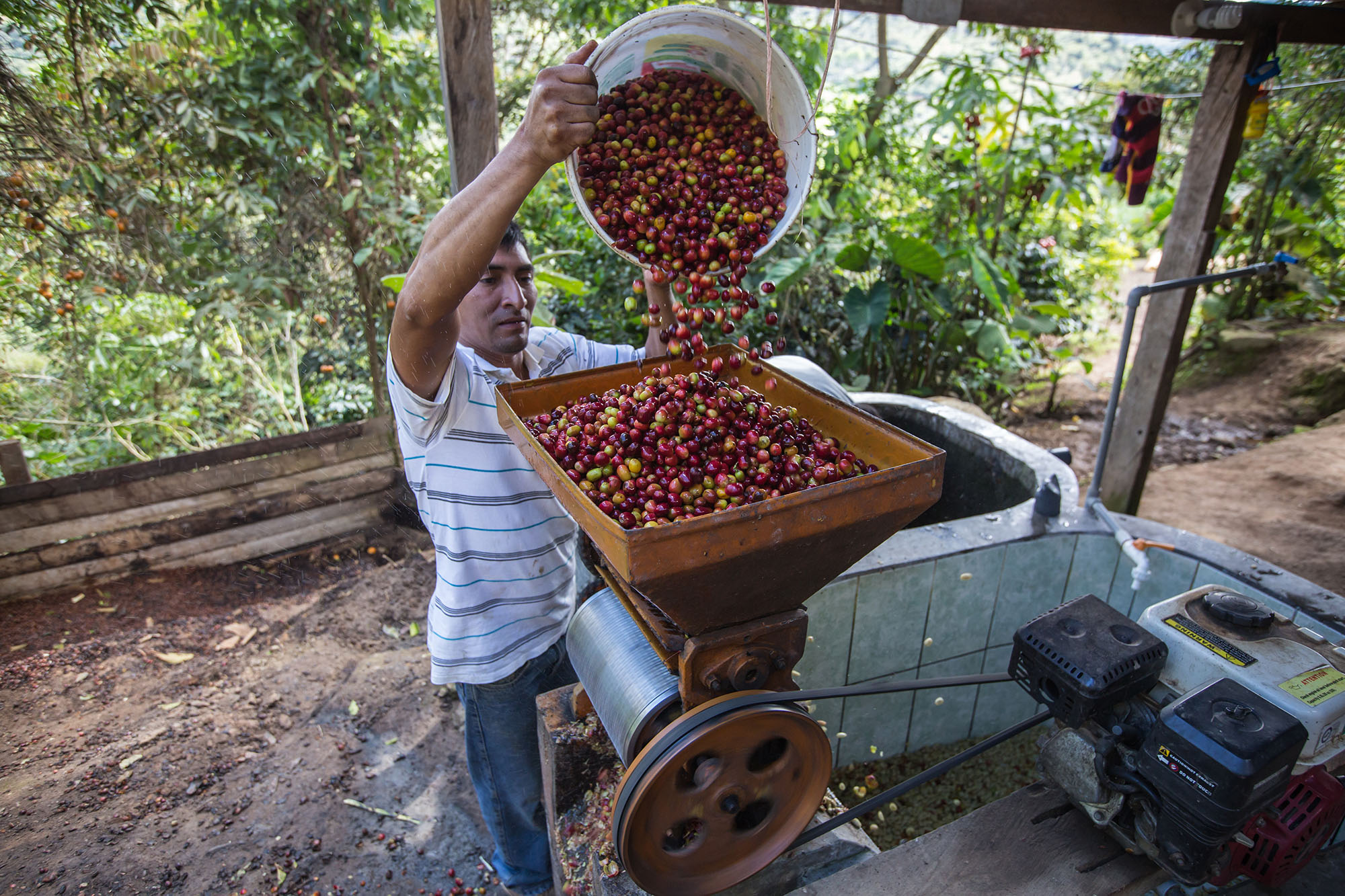
This work consist to removethe skin and the mucilage (gelatinous layer that covers the seed) of the coffee bean. Special care should be taken in this step, as the beans should not be damaged with a poorly calibrated pulper, nor should it be done on the same day of harvest.
FERMENTATION

During this process we applied two different methods: the wet or washed process and the dry or natural process. Each method has a different effect on the flavor and profile of the final coffee. Washed coffees are those with clean flavors, while natural coffees are fruitier and more full-bodied. In Yakumama, , we try to minimize the use of water during the whole process of coffee processing.
DRYING

The drying process is aimed at eliminating excess humidity to avoid the formation of fungi or microorganisms that deteriorate the quality of the grain. The drying must be carried out on shaded pallets or there is also the possibility of solar dryers.
STORAGE AND SHIPMENT

After the drying process that provide us parchment coffee a delicate moment arrives. Here, the coffee beans are protected by a thin husk, similar to paper and of a uniform golden color. So, coffee is storage in clean sacks, under a roof, in a ventilated environment free of substances that give off odors, until we reach the moment of storage and transfer to the processing plant.
TRIAGE AND SORTING
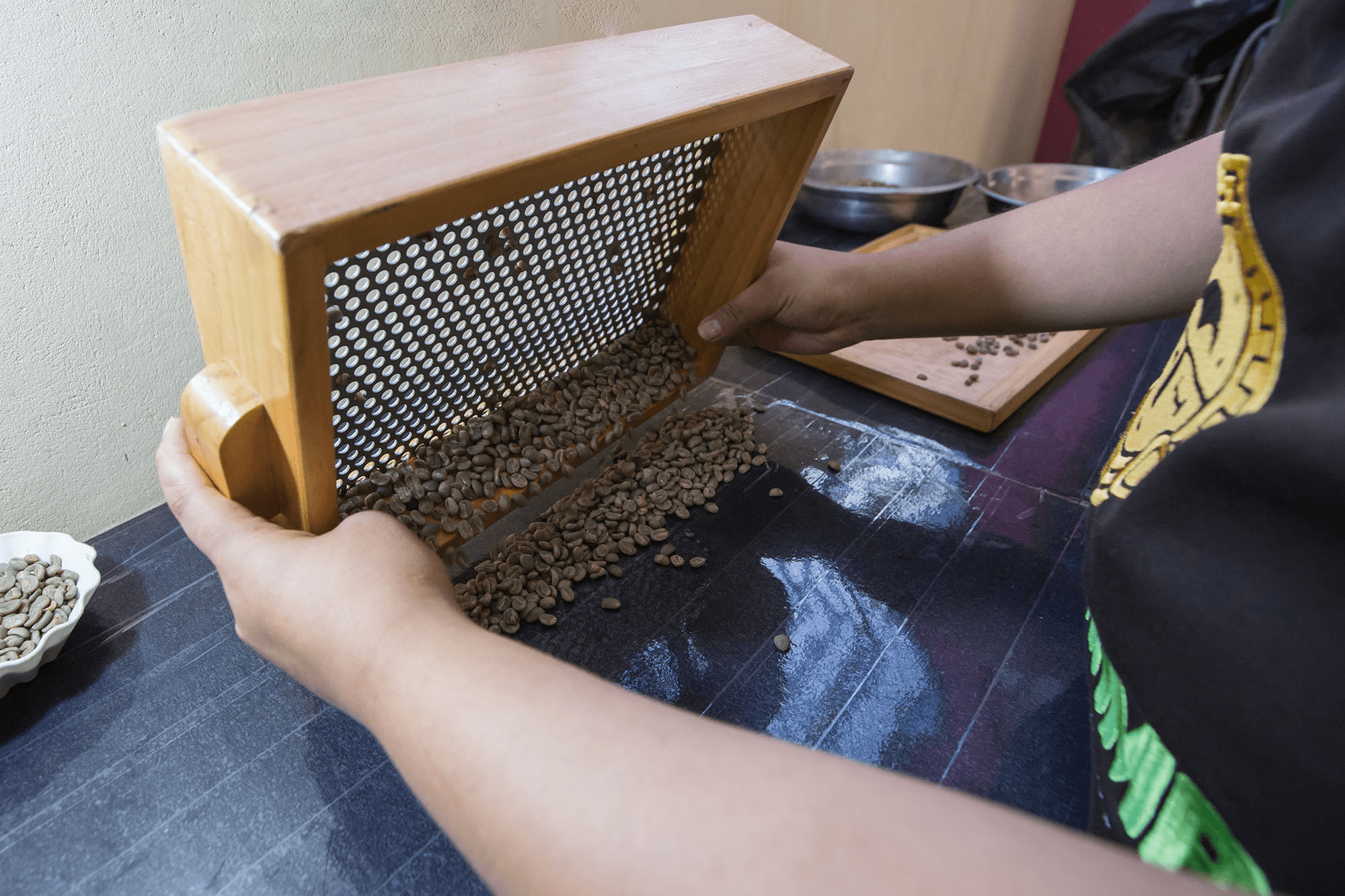
At this point we deal with the phase of dehulling or peeling of the parchment that has the grain. Through polishing, the silvery shells that cover it are eliminated. Likewise, following with the meticulousness that portrays us, the removal of foreign bodies and damaged grains that impact the quality of the coffee is carried out. At this point we deal with the phase of dehulling or peeling of the parchment that has the grain. Through polishing, the silvery shells that cover it are eliminated. Likewise, following with the meticulousness that portrays us, the removal of foreign bodies and damaged grains that impact the quality of the coffee is carried out.
PHYSICAL AND ORGANOLEPTIC ANALYSIS
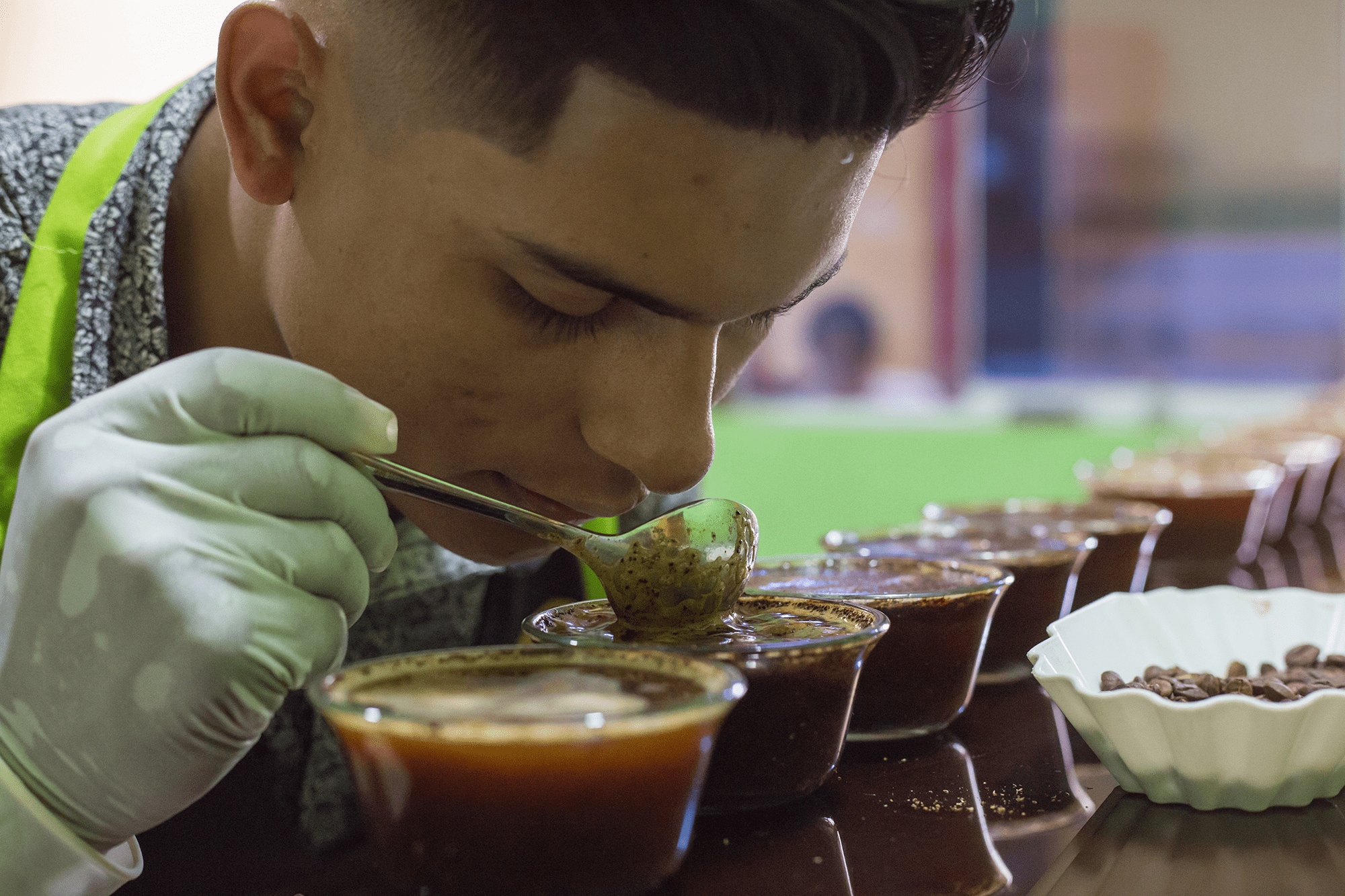
A special and decisive moment in which lots of small quantities – on average 10 quintals – are tasted to determine if they comply with the requirements of the Specialty Coffee Association of America (SCAA) regarding specialty coffees for export. Sensitivity to the product plays a fundamental role
BAGGING
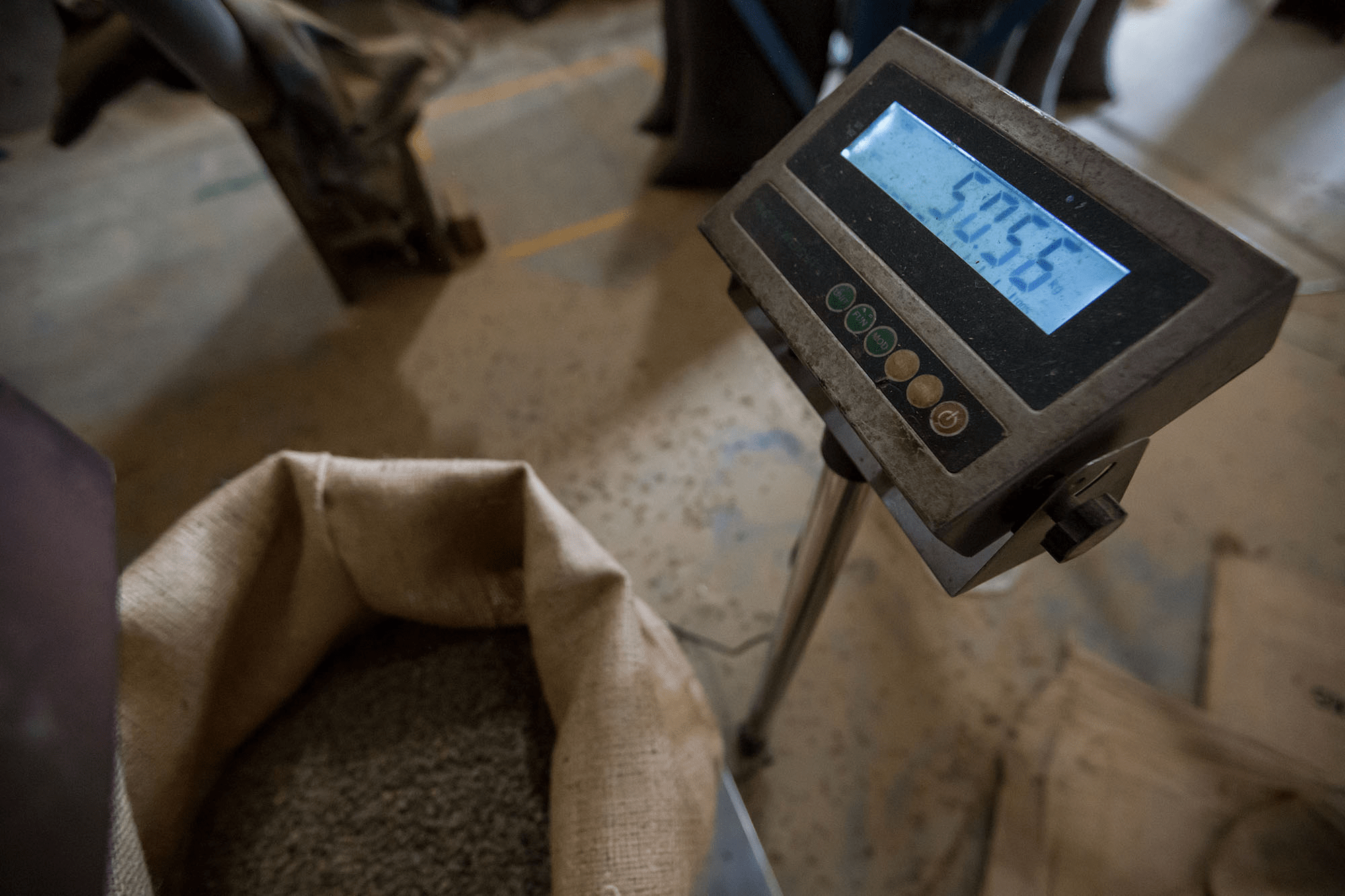
Following the instances that ensure our excellence, the cleaning of impurities is carried out, as well as the electronic classification of coffee beans by size, caliber and color to give way to the bagging of exportable green coffee. This certifies a bagging with adequate ventilation and labeling.
TRANSPORT AND CUSTOMS
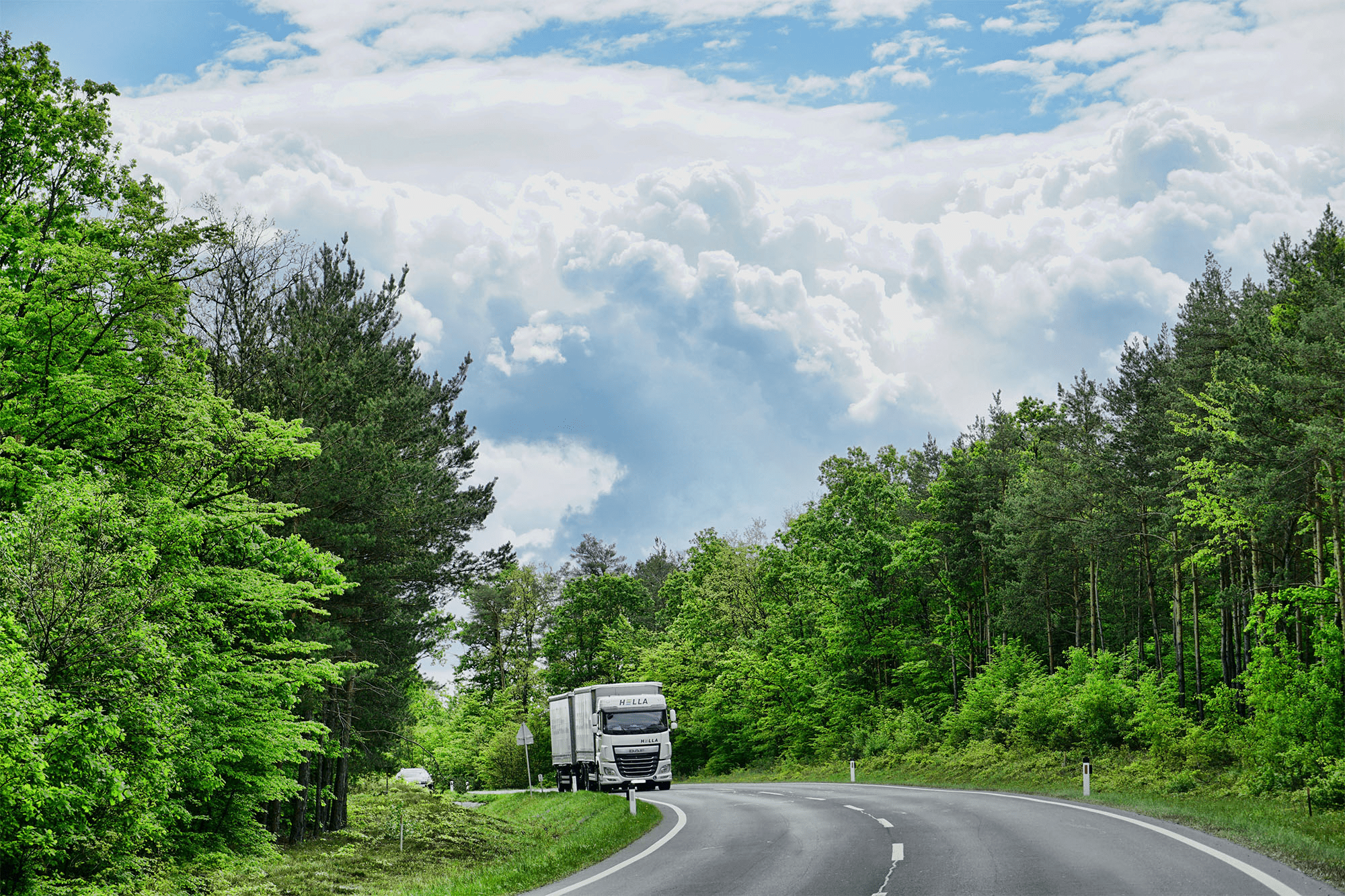
The coffee bags are transported to the port of Paita, in Piura, from where the Yakumama coffee leaves for the United States, Europe and Asia with all the necessary phytosanitary certificates so that the product can be exported.
LAST STOP: YOUR BUSINESS

In each of the destinations where it is expected, Yakumama coffee will begin a new adventure at the hands of roasters and baristas who will make sure that it develops all its aromas until it conquers each cup.
- FROM COFFEE PLANT TO COFFEE CHERRY
- FROM CHERRY TO PARCHMENT
- QUALITY CONTROL
- PROCESSING AND SHIPMENT
PLANTING AND GRAFTING

At this time, the best nursery-grown seedlings are selected to be planted in moist, well-drained soils, with good drainage, not too steep slopes and moderate winds. However, to achieve this objective, seeds of good quality and high germination power must be obtained. As a complement, grafts are also made between varieties to achieve stronger plants against pests, diseases, droughts and climate change.
FERTILIZATION AND CARE OF COFFEE TREES

Here the coffee tree develops, which requires about 3 years to bear its first fruits. With the help of organic fertilizers that minimize the transmission of diseases and the loss of vital elements such as nitrogen and sulfur, the flowering of the coffee plant takes place between 4 and 5 months, and the ripening of the bean takes place between 6 and 8 months.
HARVEST

We find the precious beans in the cherry trees that are produced in each coffee plantation. The harvesting of these fruits takes place between the months from April to September and consists of the manual harvesting of the ripe cherry trees, which are the ones that achieve the highest yield in weight and are therefore of the best quality for the cup. This is an important aspect, as it is used to discard the dry, brocaded, pinched, green and overripe fruit.
CHERRY DE-PULPING

This work consist to removethe skin and the mucilage (gelatinous layer that covers the seed) of the coffee bean. Special care should be taken in this step, as the beans should not be damaged with a poorly calibrated pulper, nor should it be done on the same day of harvest.
FERMENTATION

During this process we applied two different methods: the wet or washed process and the dry or natural process. Each method has a different effect on the flavor and profile of the final coffee. Washed coffees are those with clean flavors, while natural coffees are fruitier and more full-bodied. In Yakumama, , we try to minimize the use of water during the whole process of coffee processing.
DRYING

The drying process is aimed at eliminating excess humidity to avoid the formation of fungi or microorganisms that deteriorate the quality of the grain. The drying must be carried out on shaded pallets or there is also the possibility of solar dryers.
STORAGE AND SHIPMENT

After the drying process that provide us parchment coffee a delicate moment arrives. Here, the coffee beans are protected by a thin husk, similar to paper and of a uniform golden color. So, coffee is storage in clean sacks, under a roof, in a ventilated environment free of substances that give off odors, until we reach the moment of storage and transfer to the processing plant.
TRIAGE AND SORTING

At this point we deal with the phase of dehulling or peeling of the parchment that has the grain. Through polishing, the silvery shells that cover it are eliminated. Likewise, following with the meticulousness that portrays us, the removal of foreign bodies and damaged grains that impact the quality of the coffee is carried out. At this point we deal with the phase of dehulling or peeling of the parchment that has the grain. Through polishing, the silvery shells that cover it are eliminated. Likewise, following with the meticulousness that portrays us, the removal of foreign bodies and damaged grains that impact the quality of the coffee is carried out.
PHYSICAL AND ORGANOLEPTIC ANALYSIS

A special and decisive moment in which lots of small quantities – on average 10 quintals – are tasted to determine if they comply with the requirements of the Specialty Coffee Association of America (SCAA) regarding specialty coffees for export. Sensitivity to the product plays a fundamental role
BAGGING

Following the instances that ensure our excellence, the cleaning of impurities is carried out, as well as the electronic classification of coffee beans by size, caliber and color to give way to the bagging of exportable green coffee. This certifies a bagging with adequate ventilation and labeling.
TRANSPORT AND CUSTOMS

The coffee bags are transported to the port of Paita, in Piura, from where the Yakumama coffee leaves for the United States, Europe and Asia with all the necessary phytosanitary certificates so that the product can be exported.
LAST STOP: YOUR BUSINESS

In each of the destinations where it is expected, Yakumama coffee will begin a new adventure at the hands of roasters and baristas who will make sure that it develops all its aromas until it conquers each cup.
THE ART OF ROASTING
Roasting is the process that generates physical and chemical changes that make green coffee drinkable, but above all it is the art through which all the aromas and flavors contained in each bean are discovered. For this, the master roaster, that balancer of the sensorial, must know the history of the coffee to be roasted and the roasting machine with which he/she will develop this process. A great coffee is a direct result of this mastery, precisely.
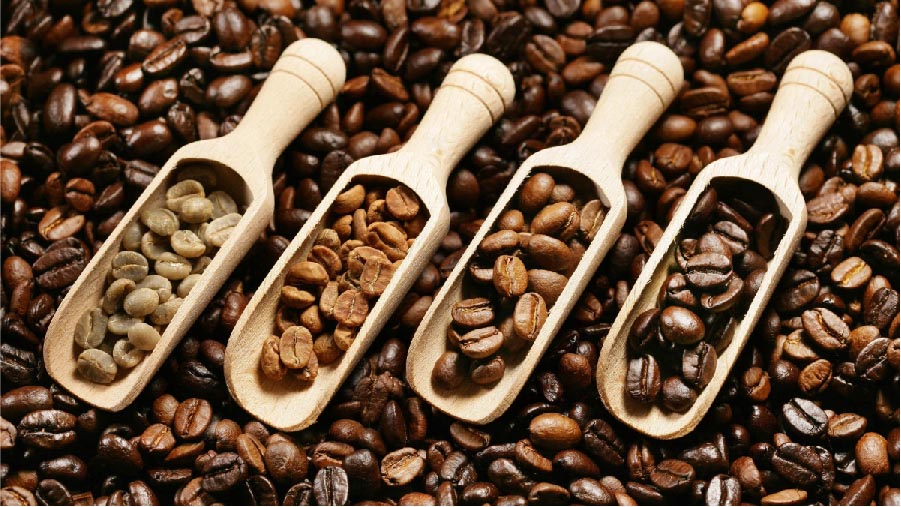
The roaster, like a true alchemist, must choose the most appropriate roast for each coffee, which implies playing with specific temperature variations (called “roasting profiles”) on the bean in order to develop certain characteristics in it. Yakumama’s coffees prefer medium roasts because they allow the preservation of their original aromas and tastes.
Roasting curves are the temperature and time specifications established by each master roaster to transform green coffee into roasted coffee with special qualities in acidity, aroma, body, sweetness and aftertaste. These factors to be observed are the starting temperature of the green coffee, the power of the roaster’s flame, the intensity of the air that surrounds the beans and the revolutions per minute of the equipment. After determining these factors it is possible to achieve a specific quality and constant precision for each sample. In other words, decisions that are completely relevant to the final product.
We define the roasting times based on several factors such as the variety of coffee, the type of machine or method used to prepare it. In the case of Yakumama, as they are specialty coffees, we prefer artisanal roasts, with times that do not exceed 14 minutes, because they allow the beans to adopt a uniform color, without darkening them too much, avoiding oily surfaces and bitterness. The roasting temperature for filtrados reaches 210 ℃ and for espressos, the temperature ranges from 215 ℃ to 218 ℃.
DEVELOPMENT PROJECTS
INNOVATION AND TECHNOLOGY IN SEARCH OF SUSTAINABILITY
Throughout all our processes, have as a primary goal the achievement of a more balanced product in terms of quality. In this way, we provide maximum security to our buyers in terms of long-term relationships.
In order to maintain or surpass our quality, we use the economic income generated by the sale of our specialty coffees to manage support and agricultural extension projects that seek to increase the productivity of our crops and the strengthening of the competitive capacities of our producing families.
This is our sustainable business foundation, as our objective is to always improve the physical and cup quality. This is the only way to maintain trust between all parties.

We understand that soil fertilization is vital to strengthen our coffee plantations in their growth as well as in their development, production and response to pests and diseases.
In this task the efforts made by the Cooperative of Multiple Services Gallito de las Rocas, in strategic alliance with the State, represented by the National Institute of Agrarian Innovation (INIA), the National Program of Agrarian Innovation (PNIA), the National Service of Agrarian Health (Senasa) and the Provincial Municipality of San Ignacio, stand out.
In addition to specialization, its members have received training to prevent and control the coffee berry borer using two technologies: the installation of traps per hectare in experimental plots and the application of the Beauveria bassiana fungus.
A technical program of fertilization and efficient cultural work was developed, which began with a soil analysis conducted by the laboratory of the Universidad Nacional Agraria de La Molina in Lima. Based on the results of these analyses, fertilization plans were developed for each plot to correct the fertility of their soils, demonstrating that traditional cultural practices such as pruning, fertilization and biological pest control have proven to be effective and allow for organic agriculture. In this way, we humbly offer the care that our nature needs.

DRYING CHAMBER CONSTRUCTION
The Cooperativa Agraria Cafetalera Productora Comercial Exportadora Café Andes Amazónicos (Procecam) has also carried out interesting actions that support the quality of our coffee. With a total of 224 members, this organization has focused on the management of support and agricultural extension projects, in which they contribute a large percentage of the counterparts.
It is currently executing two important projects. The first of these is being carried out under an agreement with Agroideas and seeks to increase productivity through a technical program of fertilization and efficient cultural work, as well as improving quality with the implementation of a wet and dry processing module. This required an investment of more than US$579 thousand, of which the organization contributed 40%.
The second project is being executed with the National Agricultural Research Program (PNIA) and is aimed at improving the competitive capacities of certified coffee producing families that are members of the Procecam and Valle Alto cooperatives, based in the district of Lonya Grande. This involved a budget of approximately US$84,000, of which Procecam contributed 30%.
As we have been able to appreciate, coffee of exceptional quality is the result of a sum of efforts throughout the production chain. This, of course, demands resources that are required both for scientific research applied to the field as well as to strengthen the capacities of the men and
